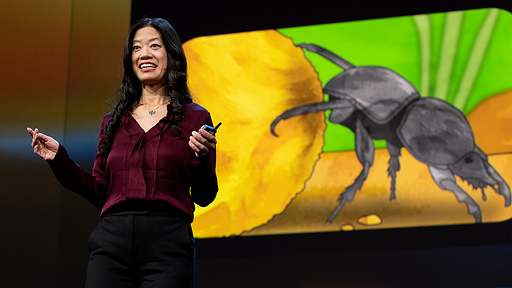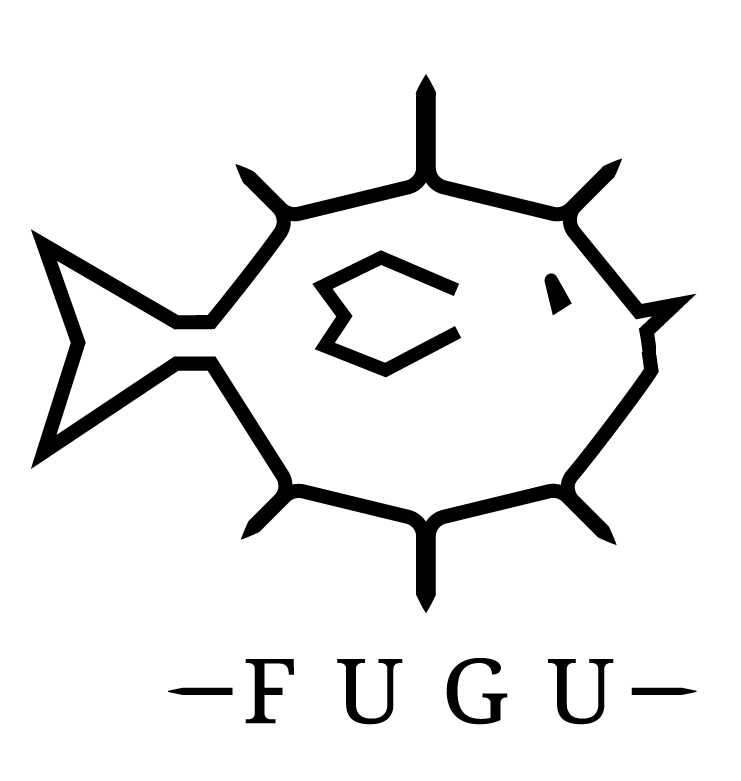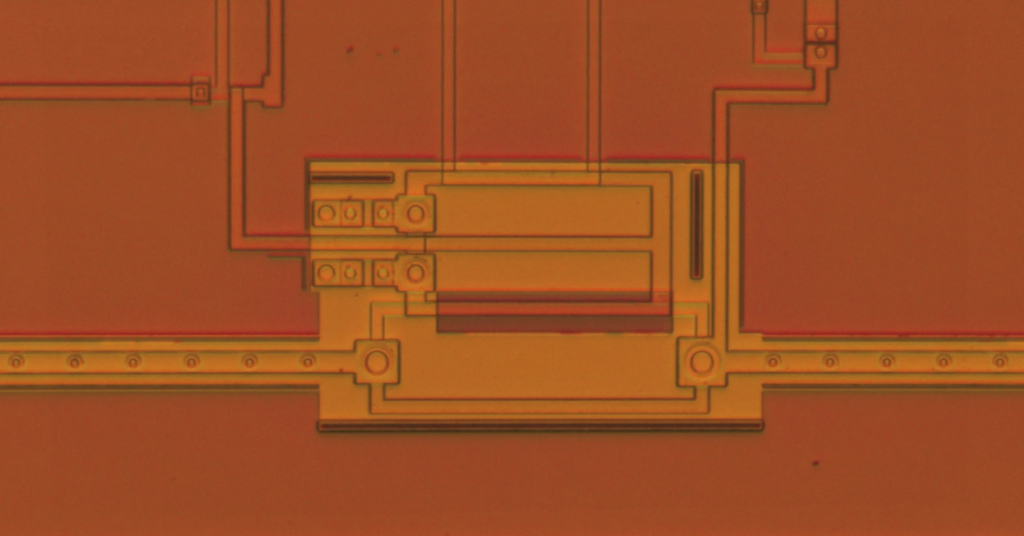Cognitive & Emerging Computing
News

Frances Chance’s Dragonfly TED Talk
Research Areas
- Neuroscience and Neuromorphic Computing – Using models of the biological brain to drive innovation in energy-efficient computing
- Next-Generation Computing Architectures – Developing next-generation, energy-efficient computing architectures
Featured Projects
Fugu
Fugu is a spiking neural network library designed to produce algorithms that are composable, scalable and portable. Developers define spiking neural network functions (“Bricks”) using procedural code to generate platform-agnostic networks. These networks are then complied to specific execution backends, either spiking simulators or spiking neuromorphic hardware. This approach allows components from different authors to work easily together and frees the user from worrying about platform-specific requirements.
View Fugu code on GitHub

Adiabatic and Ballistic Reversible Computing in Semiconducting and Superconducting Platforms
Sixty years of exponential Moore’s Law scaling of transistor density and efficiency have brought digital computing technology to the point where fundamental physical limits on its efficiency are in sight. Even industry roadmaps are beginning to reflect the expected slowdown of efficiency-limited figures of merit, such as system performance within power dissipation constraints. However, there is a theoretical path for extending the efficiency growth of digital technology beyond the limits that apply to conventional methods for digital compute. This is reversible computing, in which we avoid discarding unwanted information and the associated digital signal energies, and instead we decompute digital information that’s no longer needed, which allows us to recover and reuse the associated signal energy instead of dissipating it to heat. This alternative, unconventional paradigm for digital compute poses many engineering challenges, but holds significant long-term promise for increasing the efficiency and throughput of high-performance computing machines. In the reversible-computing-related research activities at Sandia, we are exploring the physical limits of this approach and doing engineering R&D work to investigate a variety of possible implementation pathways, including adiabatic and ballistic techniques for various technology platforms, including semiconductors, superconductors, and even spintronic approaches based on magnetic skyrmions.
Read more here.
